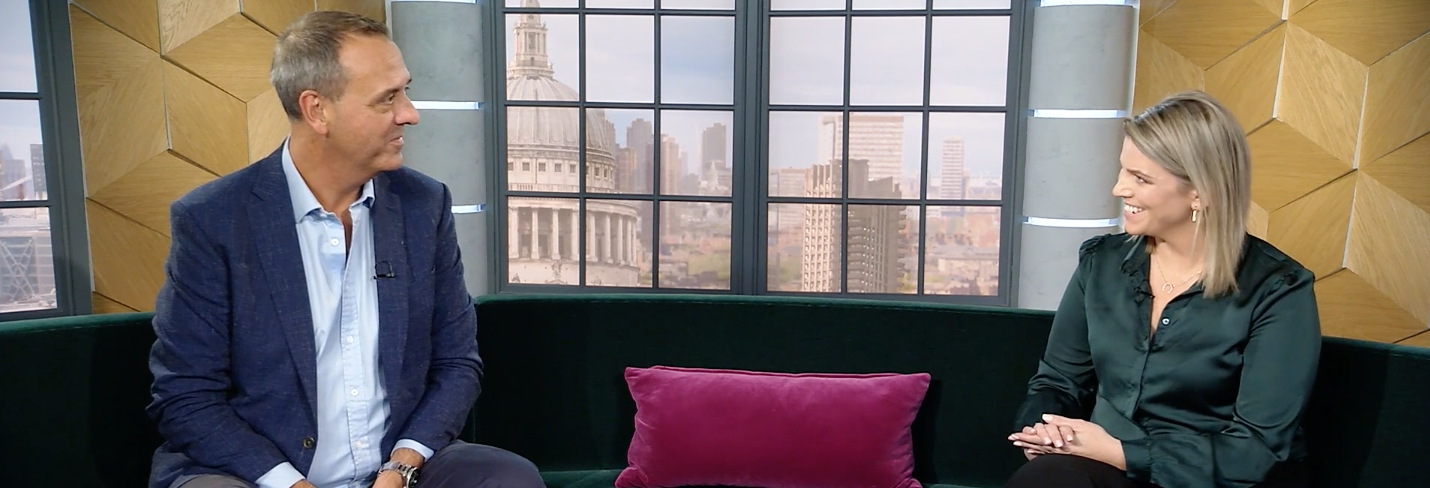Does thought leadership help to build your competitive moat?
Rob Mitchell
Explore how thought leadership can deepen your competitive moat in B2B industries. This guide highlights the importance of crafting compelling, distinctive content that not only captures attention but also cements your brand as a market leader. Learn the essentials of high-profile, evocative thought leadership to shield your market share and elevate your brand.
In a speech to shareholders at the 1995 Berkshire Hathaway annual general meeting, Warren Buffet outlined one of the main criteria that the company looked for when selecting investments:
“What we’re trying to do is find a business with a wide and long-lasting moat around it, protecting a terrific economic castle with an honest lord in charge.”
The notion of economic or competitive moats has since become one of the most important metaphors in investment and business strategy. Competitive moats derive from a number of different advantages, including cost advantage, regulatory protection, valuable intellectual property or high switching costs. If the moat is wide enough, and if the castle is managed well enough, then a company stands a good chance of benefiting from a sustainable competitive advantage which makes it difficult for new entrants to disrupt the business or steal market share.
This got me thinking about the extent to which a company’s overall narrative and message can also be a factor that widens the competitive moat. Brand recognition in general certainly does, because it allows companies to build loyalty and justify premium pricing. But how do you build and maintain that brand recognition to the extent that it offers a significant form of protection?
In many B2B industries, this is challenging because companies within the same sector can often look and sound the same, and appear to offer similar sounding services. One important way in which you avoid this trap of homogeneity is by what you say and how you say it. Narrative and messages matter a lot, and are one of the key ways in which you build brand favourability and salience.
So, where does thought leadership come in?
There can sometimes be a tendency to view thought leadership as a tactical top of the funnel activity, and as something of an adjunct to the main areas of focus around brand management. But I’d argue that, when done well, it should be a lot more than that. It gives B2B companies a voice, shows expertise and credibility, puts a human face on organisation and builds essential trust that leads to consideration. These are all benefits that deepen and widen your moat.
But just ‘doing’ thought leadership is clearly not enough, especially when all your competitors are also producing similar looking content. Having a programme of content is table stakes because everyone who does the same as you also has a moat – and yours is no wider than anyone else’s.
In order to elevate what you do above all the other content producers in your category, it is essential to focus on the quality of your thought leadership, its ability to engage an audience and get noticed, and the reach it has to maximise the number of relevant people who ultimately see it.
At FT Longitude, we talk about thought leadership having three important qualities that are needed to achieve those goals. It should be:
High-profile
The best thought leadership gets you noticed. It has surprising, provocative and differentiated points of view that also feel aligned with, and reinforce, your brand. These strong foundations mean that your thought leadership will get noticed and people will react to it (and talk about it). The media will want to cover it and hear more of your perspective, and your clients will also want to learn more because they think that you have something fresh to say that can help them.
High-profile thought leadership comes from a good, well devised strategy and intelligent research that yields provocative, newsworthy findings about current ideas. It’s about thinking ahead to what is likely to interest the audience, and working back from there. And, it goes without saying that it requires an audience-first approach, where you think less about what you want to say and more about what the audience wants to hear.
Evocative
Good thought leadership gets remembered. Memorable ideas are essential in sectors that are notorious for long sales cycles. It’s unrealistic to expect someone who sees your thought leadership to buy from you tomorrow, so the goal is to lodge associations between your brand and its ability to solve the audience’s problems, and to keep reinforcing those associations over time. That way, when a buyer eventually comes to drawing up a shortlist of potential suppliers (which may be many months after that first sight of your content), your name springs to mind easily.
How do you create evocative content? Make sure that you combine left-brain and right-brain – don’t be too research-heavy as this tends not to be memorable by itself. Instead, combine great insight with engaging human stories, creative treatments and hooks that build over time.
Distinctive
When all your competitors are churning out content, and often on similar themes to you, standing out from the crowd is essential. Don’t be reticent or conservative. If you don’t surprise or disrupt your audience, get them to stop scrolling or want to engage with your content, then the battle is lost and your moat shrinks. Be creative, think laterally and come up with headlines and design treatments that stop people in their tracks. Layer your stories and think about how the assets in a campaign fit together to form a holistic and natural audience journey.
In most B2B sectors, ideas and expertise are among the most important currencies that you have. When it’s theoretically easy to swap in one firm with another and switching costs are low, they could make the difference between winning and losing a customer. Ideas and expertise are not the only factors of course, and there are many others that drive long-term business relationships, but if they can make your competitive moat just that bit wider, then they are surely an important point to consider.
This article was originally posted on LinkedIn. Join the conversation here.
Speak to the team
We’ll help you to navigate and overcome any challenges you currently face and learn how to get more out of your content.
Book a meeting
About the author: Rob Mitchell
Rob is our CEO and co-founder and leads FT Longitude’s strategic planning and sets the overall vision and priorities for the business. He manages the board-level relationship with FT Longitude’s parent company, the Financial Times group, and also oversees FT Longitude’s finances, people management and administration.
Prior to co-founding FT Longitude in 2011, Rob was an independent writer and editor. Between 2007 and 2010, he was a managing editor at the Economist Intelligence Unit and prior to that he was an editor at the Financial Times, where he was responsible for the newspaper’s sponsored reports, including the Mastering Management series.
 |
Tel:
+44 (0)20 7873 4770
|
Tel:
+44 (0)20 7873 4770

